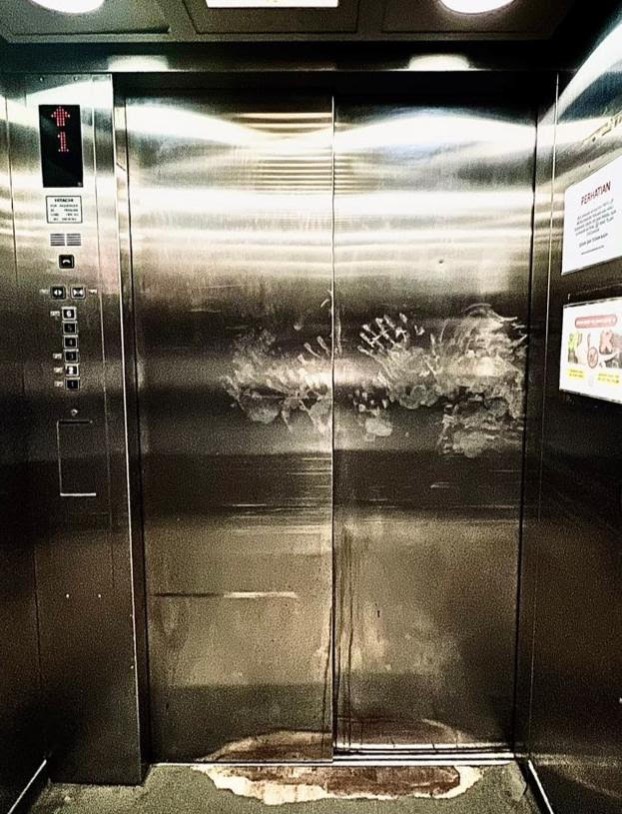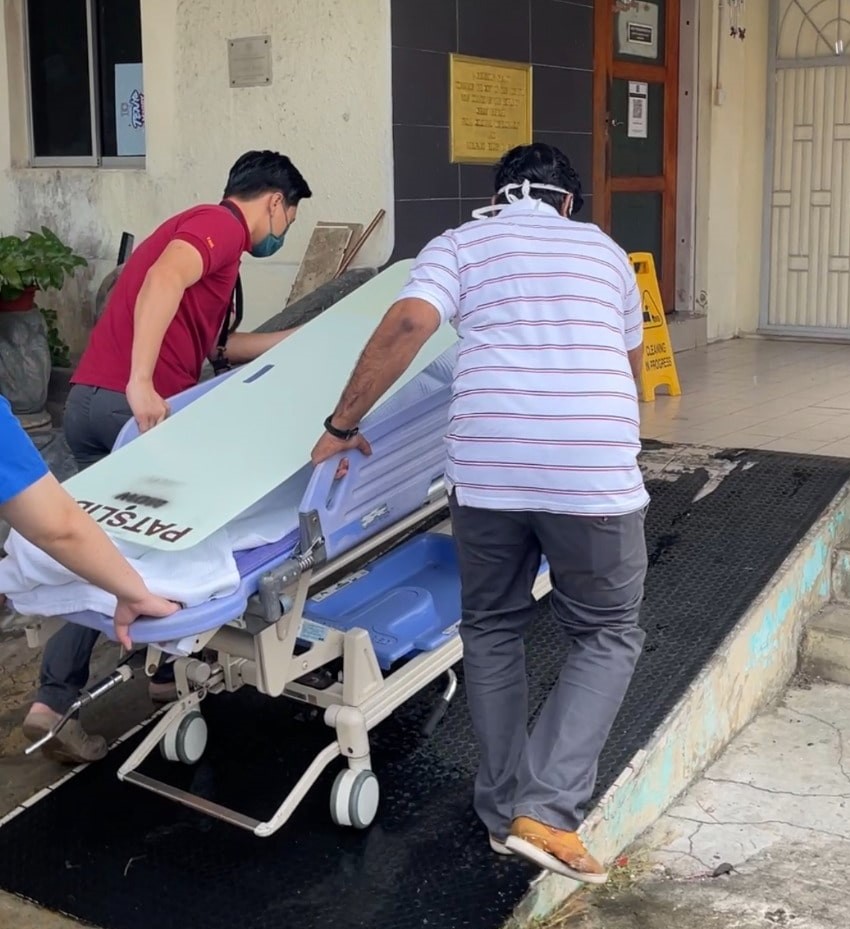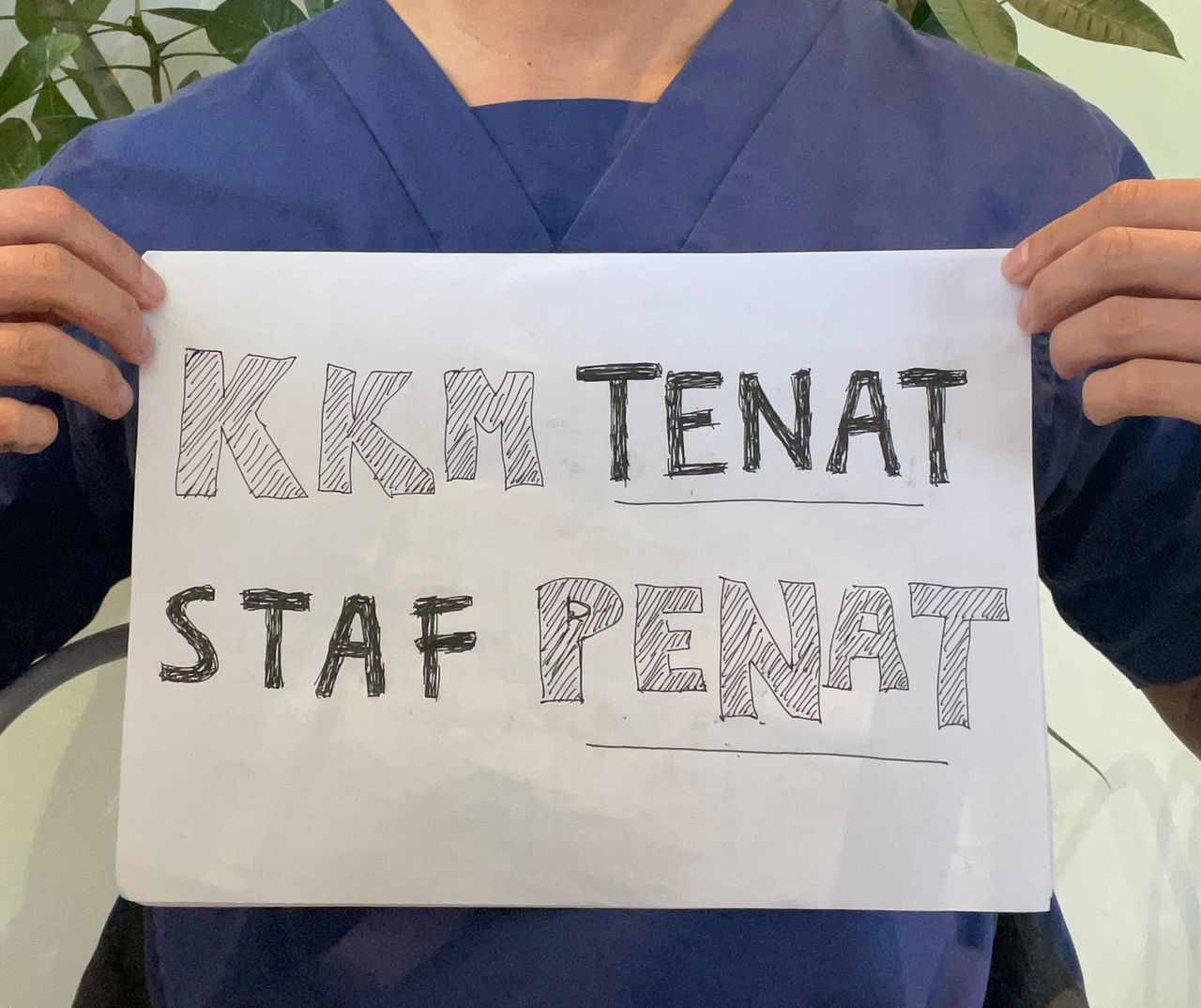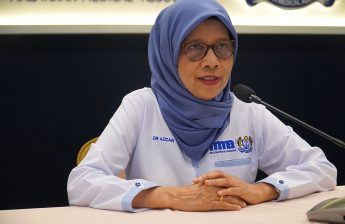This is an open letter to our new Prime Minister, Datuk Seri Anwar Ibrahim, and Health Minister Dr Zaliha Mustafa. We hope that action is taken at the top level of administration and not by pushing responsibility to the state/ hospital level administrators as is often done.
Post-GE15, the change in government is refreshing, but I am not as “excited” as when I was in 2018. Why?
After a short 10 years in government service as a doctor – one realises that ministers come and go, but incompetent administrators and failed systems are a lot harder to remove and revamp.
This is a cry of desperation and a call to our new PM, the new government, and the new health minister to solve fundamental issues in our health care system.
The recent poll by CodeBlue — which found that 73 per cent of health care workers are considering quitting, more than half are willing to go on strike, and 95 per cent and above are angry and think that we are in a crisis — is not surprising at all!
Human Resource: RM220 for Weekend On-Call in Malaysia vs SG$480 in Singapore
The “underpaid, overworked” phrase has been used to describe Malaysian government doctors, but has fallen on deaf ears. Medical officers are paid RM220 for a 24-hour on-call (often goes beyond that) on a weekend, equivalent to RM9 per hour, an unthinkable amount for the amount of work put in.
Meanwhile, our colleagues in Singapore are paid up to SG$480 for the same weekend on-call. A certain department of a university hospital in KL does not even pay doctors who work the passive on-call shift on weekends! Isn’t that wage theft and exploitation?
The failed and messy implementation of the contract system by the Public Service Department (JPA) and the Ministry of Health (MOH) is evident and has pushed many doctors out of the civil service. Much has improved in the contract doctor system under our ex-YBMK, Khairy Jamaluddin. Contract doctors now enjoy the special/ hazard leaves, postgraduate pathways, and flight warrants.
However, the salary schemes are still a mystery and not on par with permanent doctors – something that has not been addressed. Selection criteria to permanent positions are a mystery and many are perplexed as many with glowing CVs were rejected.
Dr Tachdjian (specialist doctor), MOH hospital, Sabah
Subspecialist training requires three years, often with an overseas attachment. Many bring families along, sacrifice time/ effort to upgrade knowledge and skills, but return to Malaysia and have no extra allowance/ salary or incentives as a subspecialist. Selection criteria to JUSA positions are also a mystery and not equally distributed among all the specialities.
The list goes on and on. And we wonder why we are facing brain drain. The Public Service Department must act fast in supporting MOH in this area!
Basic Facility and Infrastructure: Broken Lifts, Anaesthesia Machines, Autoclave Machines

1455 hours (some time mid-Nov 2022)
In a specialist hospital in Sabah, an intubated patient (patient who needs ventilation support) with her two children are escorted by one doctor and two staff nurses from the ward to the CT scan room. Three levels down, there is a blackout and the emergency bell does not function. They try to pound on the door but no one replies. Handphone reception is non-existent and there is no CCTV. They attempt to pry open the lift door with their gloved hands.
1525 hours
The maintenance company is unable to open the doors. The staff trapped in the lift manage to pry open the doors with help from the outside and the patient is rushed to the nearest ward (the ICU) to be stabilised.
After reports and complaint letters the lift vendor is called in to fix the emergency bell and intercom system and is currently functioning well. Kudos to the hospital top management for correcting the problem swiftly.
The stuck-in-the-elevator story reflects the sorry state of our government hospitals. Do we need a dead patient in the lift before taking real action?
How many more years of employing the same maintenance company before deciding to change to a more effective and efficient one? The issue is not new – a few years ago in another hospital in Lahad Datu, a maternal patient planned for an emergency Caesarean section for foetal distress had to be carried up two flights of stairs due to elevator malfunction.

In one of the Sabah tertiary hospitals, these are pictures of staff members transporting a patient to a nearby daycare centre that has been converted into a ward as renovations are being carried out.
Patients have to be pushed up steep slopes and there is no shaded pathway for patients to be transferred safely should it be raining.
In the major operating theater, most of the machines for anaesthesia are more than 12 years old and are due for replacement. There was an incident where the machine to ventilate patients actually stopped working during an operation, causing doctors to scramble and use another device to manually ventilate the patient by bagging. Only after the incident was approval given to purchase a new one, but there is still no sign of it.
The emergency department often overflows with patients, causing delay in ward admission and treatment of patients.
The lack of intensive care unit (ICU) beds forces doctors to make the tough choice in having to deprive deserving patients of intensive care.
Dr Tachdjian (specialist doctor), MOH hospital, Sabah
Clinic rooms are inadequate and certain departments have FOUR doctor-patient consultations at the same time in the same room!
In certain wards, patient beds are so close together that people can actually touch each other by reaching out.
Autoclave machines, which form the core of a hospital’s services, are breaking down in many hospitals in Sabah. It will cost millions to replace, but higher still is the cost of patient mortality and morbidity as a result of these malfunctioning machines.
Dr Tachdjian (specialist doctor), MOH hospital, Sabah
Water cuts from piping issues, leaking roofs, and blackouts are not uncommon, causing delays in operations.
These issues are faced by many government hospitals all over Malaysia. Take the fire at Hospital Sultanah Aminah Johor Bahru (HSAJB) for instance – the official report and explanation by the authorities has not been released yet.
Reformation: JPA and MOF Must Support MOH

How do we solve such issues?
The examples above show clearly that action is only taken after serious incidents occur. There needs to be concrete, prompt action.
Expedite “plans to build” new hospitals, buildings and equipment procurement.
How can we blame the hospital director for an overflowing emergency department when the entire hospital does not even have enough beds?
Dr Tachdjian (specialist doctor), MOH hospital, Sabah
Short-stay wards are impossible in a centre that does not have enough space to begin with!
There needs to be more surprise visits by top admin to rural health care centres for physical, face-to-face assessments. If patients can be moved around in a tertiary hospital in the Klang Valley during the Covid-19 pandemic for a VIP visit just to make it “look nice”, imagine what more happens during regular visits/ audits?
What’s the point of having a scheduled visit by ministry leaders when everything is neat and tidy before the visit?
This is not the first of letters on the issue of facility and infrastructure (see here and here, which are letters that I have written in the past, covering similar issues).
To our new health minister, Dr Zaliha Mustafa, and DS Anwar Ibrahim, our PM10, I am more than happy to bring you on a surprise tour around the hospitals in Sabah.
There needs to be serious, committed action by JPA and the Ministry of Finance (MOF) to support MOH in health care reforms. From human resource to facility and infrastructure – there is only so much we can do with limited finances.
We hope PMX DSAI will lead the way in bringing them together to bring the reformation that Malaysian health care sorely needs.
Dr Tachdjian (pseudonym) is a specialist doctor at a government hospital in Sabah. Zealous and outspoken, he believes in the Malaysian health care system and will continue to push for change and improvement for both patient and doctor. CodeBlue is providing him anonymity as civil servants are prohibited from speaking publicly.
- This is the personal opinion of the writer or publication and does not necessarily represent the views of CodeBlue.







